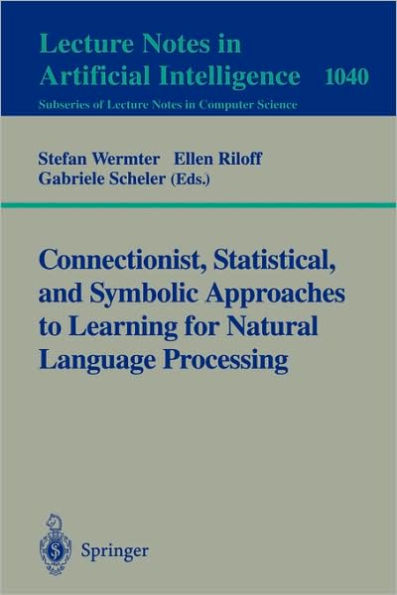5
1
9783540609254


Connectionist, Statistical and Symbolic Approaches to Learning for Natural Language Processing / Edition 1 available in Paperback

Connectionist, Statistical and Symbolic Approaches to Learning for Natural Language Processing / Edition 1
- ISBN-10:
- 3540609253
- ISBN-13:
- 9783540609254
- Pub. Date:
- 03/15/1996
- Publisher:
- Springer Berlin Heidelberg
- ISBN-10:
- 3540609253
- ISBN-13:
- 9783540609254
- Pub. Date:
- 03/15/1996
- Publisher:
- Springer Berlin Heidelberg
54.99
In Stock

Product Details
| ISBN-13: | 9783540609254 |
|---|---|
| Publisher: | Springer Berlin Heidelberg |
| Publication date: | 03/15/1996 |
| Series: | Lecture Notes in Computer Science , #1040 |
| Edition description: | 1996 |
| Pages: | 474 |
| Product dimensions: | 6.10(w) x 9.25(h) x 0.36(d) |
From the B&N Reads Blog
